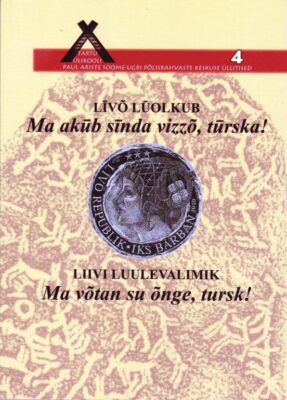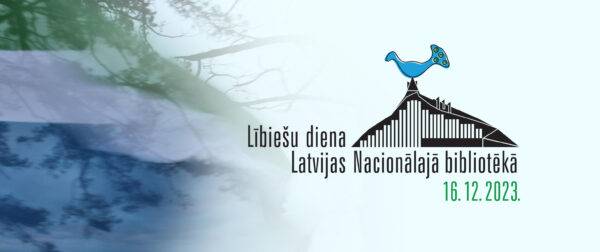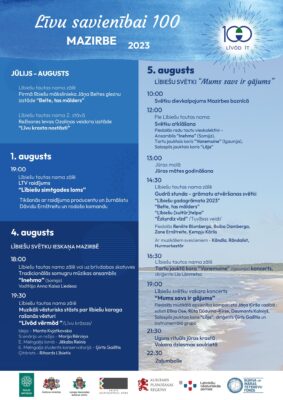Book review: Trillium
To celebrate the Year of Livonian Heritage and the continuing Decade of Indigenous Languages, Fenno-Ugria publishes a book review of the Livonian-English poetry anthology ‘Trillium’.

A modern collection of Livonian poetry continues a centuries-long literary tradition.
Published in 2018, the collection presents the works of three poets: Valt Ernštreit, Baiba Damberg, and Ķempi Kārl. The first two write in Courland Livonian, the third in Salaca Livonian. The book has thirty poems in total, all of which are also translated into English. This is a tribute to the first Livonian-language publications that were the Gospel of Matthew in both main dialects of Courland Livonian, published in London in 1863, that is, 155 years prior to the poetry collection’s publication.
Livonian is classified as critically endangered according to UNESCO. The language is currently spoken by about 20 speakers. Therefore, the three poets of the collection represent a sizeable share of the contemporary speaker community. As noted by the authors themselves, this also shows that the Livonian community is active and culturally oriented. Not many nations can boast such a large portion of poets, but also writers, composers, and other cultural figures working for the development of the Livonian language and culture.
The Livonians have been small in number throughout their written history. The Salaca Livonian language, once spoken in what is nowadays northern Vidzeme in Latvia, died out in the mid-19th century. Courland Livonian survived another century as the community language of the Livonians along the northern coast of contemporary Kurzeme, Latvia, until after the Second World War, when the Livonians were forcefully evacuated from the new Soviet border zone, ‘the once proud and now empty home of the hardscrabble folk’, as Ernštreit puts it in ‘It’s best here in summer’. After this catastrophic event, Livonians ended up scattered across Latvia and the Soviet world and Livonian ceased to be passed from parent to child. As with any other minority community, this societal change has had a profound effect on contemporary Livonians, referred to by Baiba Damberg in her poem ‘I was born with two tongues’, or by Valt Ernštreit in ‘When the children have long gone’.
Yet this collection isn’t just about nostalgia for the lost way of life and community of the Livonians. For example, the collection’s namesake poem ‘Trillium’, although nostalgic in tone, is more of an homage to Livonian symbolism and the past generations of Livonians, ‘their duties done’. As mentioned, the beginning of Livonian literature started already in the mid-19th century. During the early decades of the 20th century, the Livonians even experienced a national awakening thanks to the collapse of the Russian Empire and the birth of Latvia. Despite the turmoil of the Soviet era, Livonians once again surfaced after the collapse of the Soviet Union. And not only has Courland Livonian resurfaced, but thanks to the work of Ķempi Kārl for the past decade, we can say that also Salaca Livonian has experienced a revival in the 21st century.
The poems in this collection portray a love for the Livonian language and culture, whether it be ‘Counting’ by Ernštreit, ‘When holy light kisses my crown’ by Damberg, or ‘Coastal Village’ by Ķempi. The wordplay and vocabulary of the poems witnesses the creative linguistic mastery of the poets. Such original works of literature firmly root this collection in the literary tradition started by the Prints family, the first Livonian poets in the 19th century. This poetry collection is, therefore, a testimony to the resilience of the Livonians. Culture is the new Livonian boat navigating in the sea’s storms, and Livonians have always been apt sailors.


